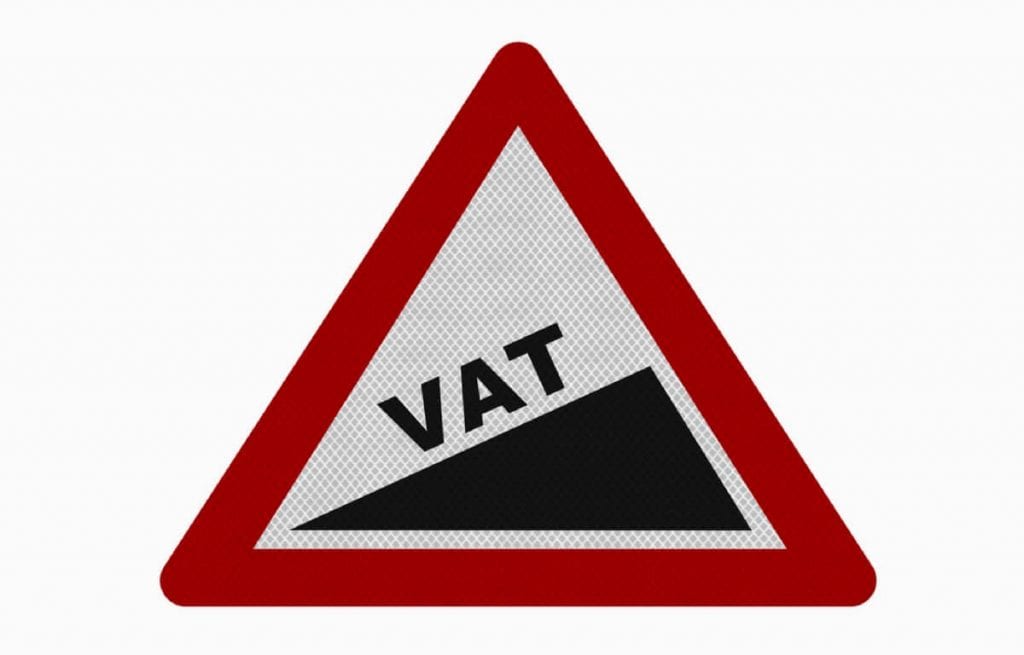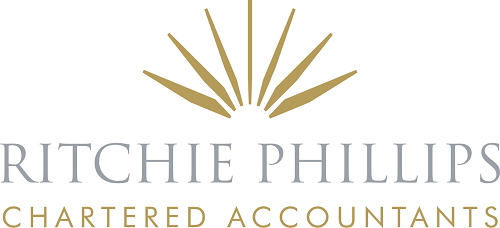Over the last few weeks, we’ve reviewed some of the main provisions of the recent Budget and how they may affect businesses and entrepreneurs. In this last post in the series, we take a quick look at some of the changes in respect of VAT.

VAT rates and limits
The VAT registration and deregistration thresholds will remain unchanged for a period of two years from 1 April 2022.
The six-month extension to the UK-wide VAT reduction to 12.5% for the tourism and hospitality sectors comes to an end on 31 March 2022 with rates returning to the standard rate of 20%.
Further support for the hospitality sector
The Chancellor has announced a new temporary 50% business rates relief for eligible retail, hospitality and leisure businesses for 2022/23.
Making Tax Digital for Business: VAT
April 2022 sees the final phase of the introduction of the Making Tax Digital (MTD) for VAT regime. All VAT registered businesses, regardless of turnover, will enter MTD for VAT from their first VAT return period starting on or after 1 April 2022.
Businesses must keep digital records for VAT purposes and provide their VAT return information to HMRC using MTD functional compatible software.
Keeping digital records will not mean businesses are mandated to use digital invoices and receipts but the actual recording of supplies made and received must be digital. It is likely that third-party commercial software will be required. The use of spreadsheets will be allowed, but they will have to be combined with add-on software to meet HMRC’s requirements.
HMRC is looking at a scenario where income tax updates are made quarterly and digitally under the MTD for Income Tax Self-Assessment (ITSA) from April 2024.
You should contact us before taking any action as a result of the contents of this summary.
